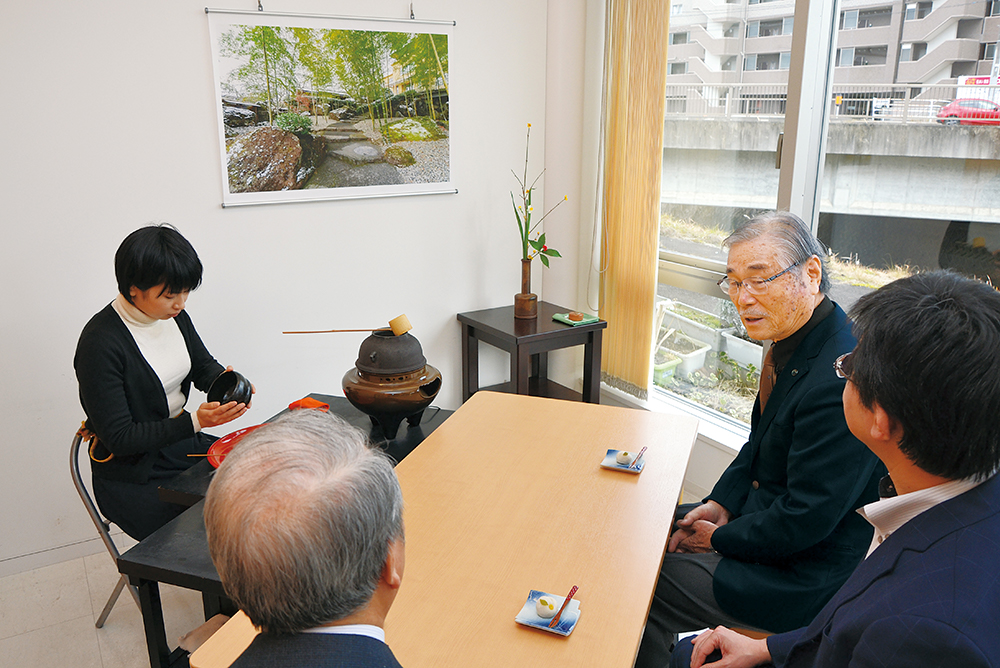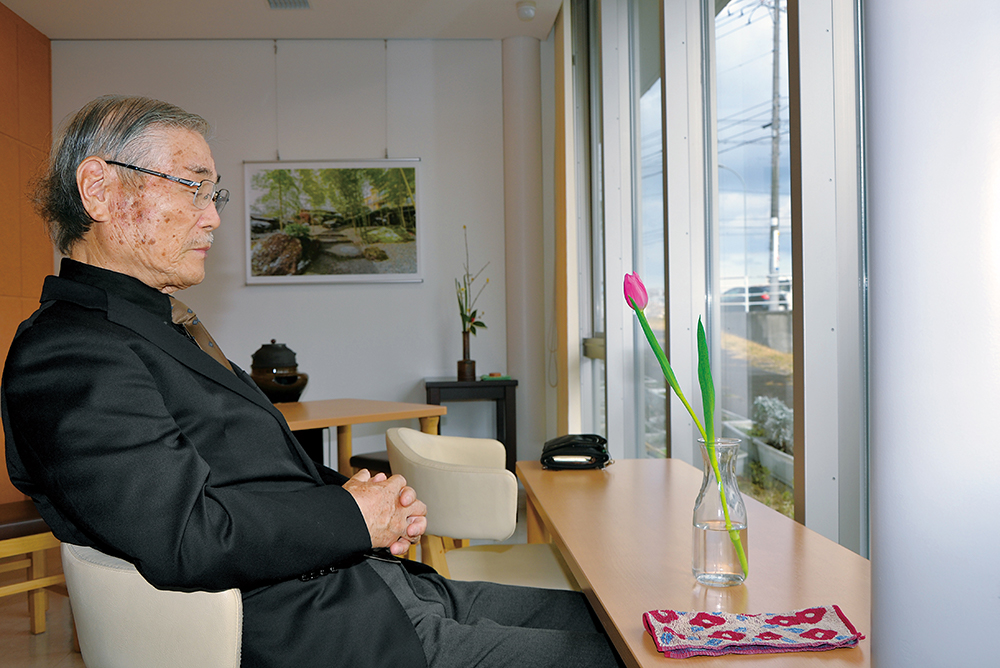Interactive team medical care is important
 ── How did you get involved in integrative medicine?
── How did you get involved in integrative medicine?
I have been involved in various therapies, but I would like to introduce one of them with Professor Chiyoko Inomata of the Faculty of Nursing, Sapporo City University, who is also a director of the Japanese Association for Alternative, Complementary and Traditional Medicine. It was a music therapy at the Hokkaido Intractable Diseases Center.
Until then, music therapy was a one-way treatment for patients. I, from the standpoint of a doctor, and Professor Inomata, from the standpoint of a nurse, supplied the medical information of each patient to the music therapist. Then, the music therapist offered different types of music—like fast or slow tempo or high or low tones—adjusting to each patient. By advancing music therapy tailored to each individual, we were able to see dynamic changes in the patients.
The music therapist witnessed the changes, reaffirming their abilities and at the same time getting healing from their patients. Interactivity was born in the one-sided music therapy. One patient began to smile when he received music therapy. His family, who saw him smiling, began to cry. The music therapist was also moved to tears.
 ── It’s exactly the interactivity.
── It’s exactly the interactivity.
In addition to music therapy, I also worked with people from various therapies such as yoga therapy and aromatherapy for the patients. However, as we gathered different therapists of various methods, there was a dissonance. Although the cause was due to the difference in the way of thinking of each therapy, I called out, “What are you doing this for? It’s for the patient.” After that, they all began to focus and face the patient while respecting each therapy. It has had a positive effect on patients. Thus, everyone came to recognize that it is more effective for patients to have access to various methods than each therapy acting alone.
I often use the analogy of an orchestra; but even if I play high level violin, I cannot compete with an orchestra. The orchestra will show its true value by bringing together professional performers of each instrument and playing beautiful harmonies with their respective knowledge and skills. In terms of medical treatment, the professional performers of each instrument are professionals of each therapy, and the treatment is performed in cooperation with beautiful harmony, and the true value of the orchestra is a team medical treatment.
The point is the conductor. In the past, a team medical care was conducted only by doctors, but I believe that when a nurse conducts a command, a completely different harmony will be created and a new value will be created. At the same time, it is important for the conductor to constantly look at the audience (the patient), rather than just looking at the orchestra and swinging the baton. Adjusting the rhythm and tempo of the song by looking at the reaction of the audience. In other words, changing the response according to the patient’s situation, this is also interactive.
Such orchestra-like team medical care, in which everyone treats with the help of everyone, is the futuristic medical care and integrative medicine.






